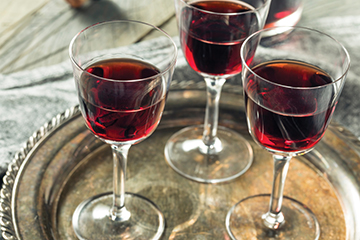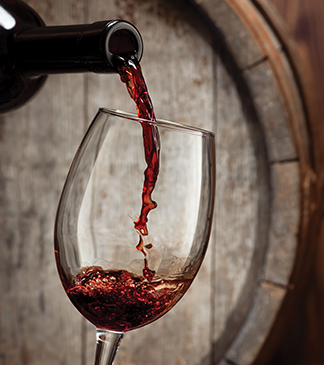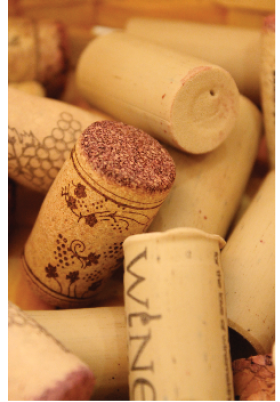
Once fermentation begins it can be difficult to manipulate its stopping point, and in most cases you will not want to. A successful fermentation will naturally come to an end when your wine is completely dry and there is no more residual sugar for the yeast to feast on. That’s great, if you want a dry wine. There may be times, however, that you want to cut fermentation short so you can make an off-dry wine, dessert wine, or aperitif.
The most basic way to halt fermentation is with sulfite additions and cooling the wine down near freezing temperatures (which for a 13% ABV wine is approximately 22 °F/-6 °C) for an extended time. There is a lot of misinformation available that simply instructs to add sulfite in order to stop fermentation. The amount of sulfite required to stop an active fermentation depends on the active yeast population, but in almost all cases the amount of sulfite alone that would be required to stop an active fermentation at room temperature would have a negative impact on your wine. Remember, you must chill the wine down once sulfited!
Start by sulfiting your wine to 2.0 mg/L molecular SO2 based on your wine pH; for example, a wine with a pH of 3.2 requires 50 mg/L of free SO2 with chilling to stop fermentation while a wine with a pH of 3.6 requires 125 mg/L (refer to the sulfite calculator at www.winemakermag.com/sulfitecalculator to calculate the precise addition required for your wine). This addition will considerably inhibit the yeast population. To achieve these levels of free SO2, you will need 4 to 10 Campden tablets per 5-gallon (19-L) batch depending on your pH. After this addition, immediately chill your wine and let it settle for at least 24 hours to ensure the treatment has been fully effective.
According to Daniel Pambianchi’s Techniques in Home Winemaking, 23 to 28 °F (-5 to -2 °C) is the ideal temperature range to quickly stop fermentation, but temperatures up to 40 °F (4 °C) will do the trick. The warmer the temperature, the longer the process will take.
Cooling the must will result in a gradual stoppage to fermentation. With that in mind, sulfite your wine and move it to a cold place when the Brix is still one or two degrees higher than desired. The time it will take fermentation to completely stop is dependent on the temperature, yeast cell count, sulfite level, and alcohol content.
Your wine should then be filtered down to a fine grade to remove as many yeast cells as possible. Once filtered, add potassium sorbate at a rate of 1⁄2 teaspoon per gallon (4 L) of wine. Potassium sorbate does not actually kill yeast cells, but it does prevent it from reproducing.
An alternative way to halt fermentation is through fortification if you are making a Port-style wine or aperitif. High alcohol levels kill off yeast cells (different strains have different thresholds, but usually 16-18 percent is the peak of what they can stand). The addition of a spirit to bring the alcohol level beyond what the yeast can survive in will stop fermentation fairly quickly. If your plan is to make a fortified wine, be sure to do careful planning regarding the desired residual sugar and alcohol levels in advance so you can be exact on the timing of your spirit addition (of course, you can also add sugar later on if you make your spirit addition too late).
No matter the technique, if you plan on stopping fermentation short from the get-go, you can make it easier for yourself in the process. For instance, forgo adding yeast nutrient to your must and consider under-pitching your yeast. Also, ferment at the low-end of the recommended temperature range, which will result in a less aggressive fermentation.







